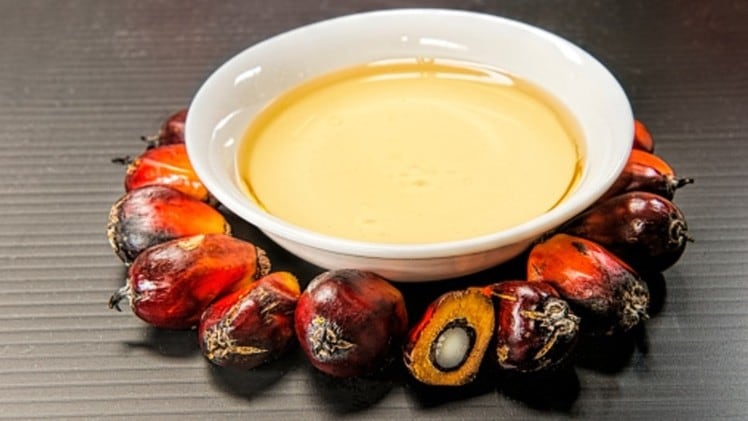The Thai Ministry of Industry (MOI) reported earlier this month that the local food industry had performed impressively in the first seven months of 2021 (January to July) despite continued COVID-19 challenges, particularly in the food exports and food manufacturing sectors.
“Thailand’s food industry has now returned to a state of growth and expansion after seeing some shrinking last year,” said MOI Minister Suriya Juangroongruangkit via a formal statement.
“Food production and manufacturing as measured by the Manufacturing Production Index (MPI) has increased by 2.9% year-on-year, mainly due to the use of the ‘Bubble and Seal’ measures implemented by businesses to control risks and prevent outbreaks in factories [whilst] allowing most factories to operate production lines as usual.
“We have also seen the amount of agricultural raw materials increase [and] were able to ensure these were sufficient to meet the needs of the various product manufacturers, especially those using sugarcane, cassava, and various other fruits and vegetables.”
The ‘Bubble and Seal’ measures in Thailand refer to strict protocols implemented by the government to restrict factory workers from travelling and potentially spreading COVID-19, by mandating them to stay in the factories they work at or only travel between dormitories and workplaces. All factories, regardless of infection reports, were required to implement these protocols.
The food manufacturing sector is expected to achieve an overall growth of 4.5% as measured by MPI by the end of the year. This will be a significant boost for the sector, which contracted 6.5% overall in 2020 due to COVID-19 impacts. The decline in the first quarter of the year alone was 11%, according to USDA data.
In addition to food manufacturing, food exports have also seen significant growth in the first seven months of 2021 and the government has even bigger hopes for this sector, banking on rising food demands and depleted stores in various foreign countries.
“In the first seven months of this year, Thailand’s food export value was THB622.7bn (US$18.6bn), a growth of 4.5% year-on-year supported by increasing demand for our food products from major trading partners such as China, the United States, and the European Union,” said Juangroongruangkit.
“These countries have eased local lockdown measures as vaccination rates increased, so food service businesses have reopened and are recovering, particularly in China to which Thailand saw a 40% growth in exports year-on-year. The US and EU are also showing signs of export recovery numbers, with increased demand for products such as frozen seafood and canned pineapple.”
MOI-affiliated organisation National Food Institute of Thailand (NFI) analysis has indicated that the last five months of the year will be even better for the food export sector.
“[We predict that] food exports will increase by 11% with a value of THB427.3bn (US$12.8bn) in the last five months of the year - so an overall 7.1% increase year-on-year from 2020 to reach a total value of THB1.05tn (US$31.4bn) is expected for food exports,” said NFI Director Anong Paijiprapapon.
“In addition to foodservice and HORECA reopening in Thailand’s major trading partner markets, the food inventories in many Asian countries as well as in the Middle East and Africa are now also on the decline, so there will be increase import demands from these markets. This will be further supported by the depreciation of the Thai baht.”
COVID-19 still a risk
That said, the ministry has also warned local food firms to remain vigilant of risk factors which could affect food production and export numbers for the rest of the year, such as the continued risk that COVID-19 poses.
“Any COVID-19 outbreaks in any establishments will affect production capacity and goods delivery, particularly when taking the virus’ mutation into account,” said MOI in its warning.
“The virus mutation may also cause many importing countries to have to intensify pandemic control measures which would result in a slowdown in product demand, and freight costs remain high as rates continue to rise which will have particular impact on commodities such as rice, sugar and other grains with low unit prices.
“[As such, we encourage] factories to implement strict dormitory supervision, be proactive with screening measures, and adjust the Bubble and Seal measures to suit the size of your business as these are all crucial to overcome the crisis and maintain factory activity for food production and exports.”





